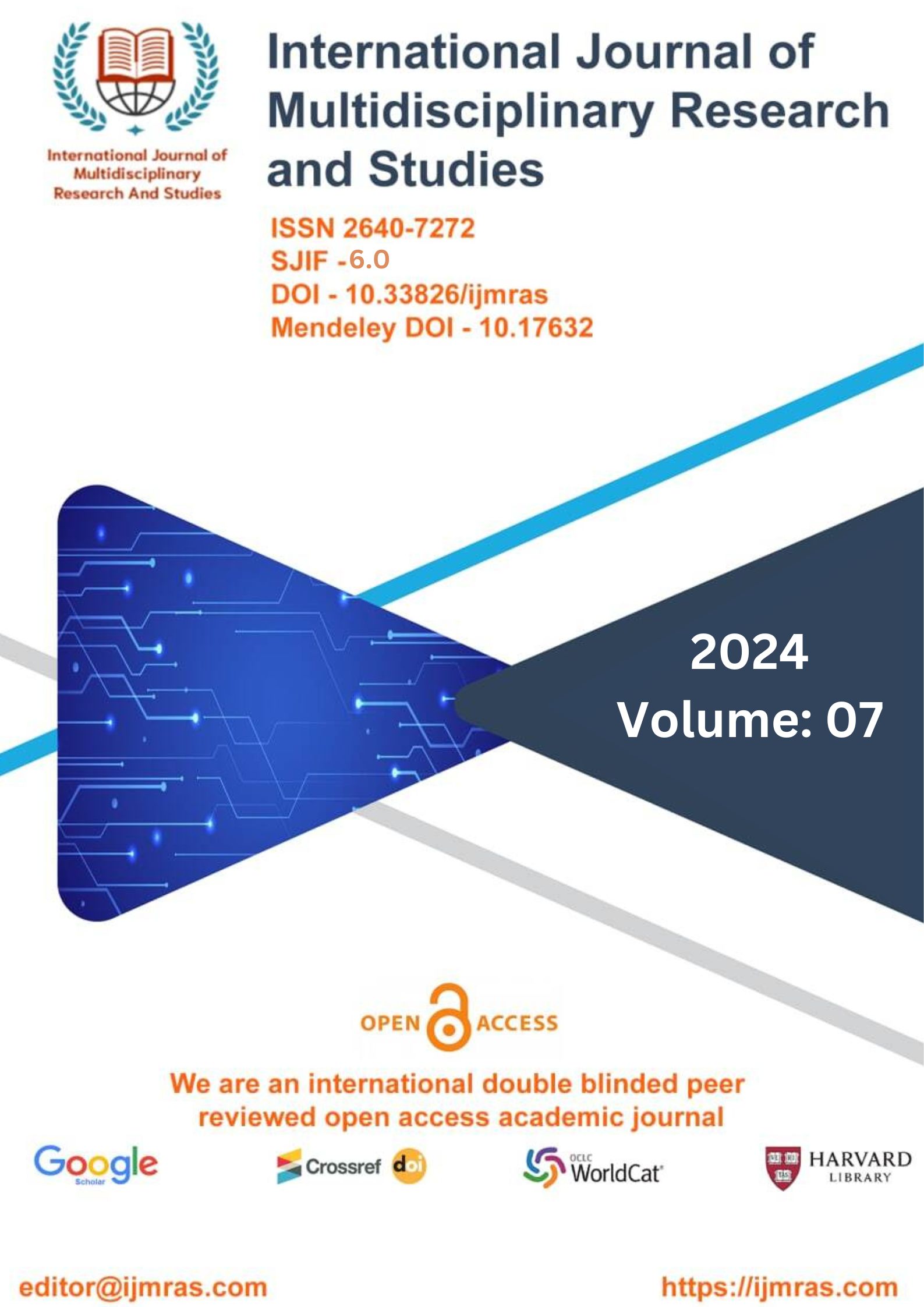Explore the association of sports consumer behaviour and the structure of sports management

Abstract
Abstract
Although sports organisations have made huge sums of money off of the popularity of spectator sports over the past three decades, the industry as a whole has recently seen significant shifts. According to Howard and Crompton, modern sports organisations must deal with rising costs, a saturated market, an economic disconnect, and the introduction of new technology (2005). The cost of running a sports organisation has skyrocketed in recent years, greatly outpacing the increase in income. The average salary in the NBA is more than $4 million per year, and a new NFL stadium may set you back more than $1 billion. The typical price tag for a Division IA programme is well over $20 million. Spectator dollars are a hot commodity, and the race to win them has never been fiercer. In the United States and Canada, sports fans may choose from more than 600 professional teams and 1,000 collegiate sporting programmes. In addition, as ticket costs continue to rise, many middle- and lower-class Americans are feeling alienated from the teams they formerly supported because of financial constraints. The advent of new technology presents both opportunities and threats to sports organizations.
Keywords
Sports Organisations, Financial ConstraintsHow to Cite
References
• Adams, J. M., & Warren, H. J. (1997). The conceptualization of marital commitment: Anintegrativeanalysis.JournalofPersonalityandSocialPsychology,72,1177-1196.
• Aguinis, H. Boik, R. J., & Pierce, C. A. (2001). A generalized solution for approximating the power to detect effects of categorical moderator variables using multiple regression. Organizational Research Methods,4, 291-323.
• Algina, J., & Moulder, B. C. (2001). A note on estimating the Jöreskog-Yang model for latent variable interaction using LISREL 8.3. Structural Equation Modeling,8,40-52.
• Álvarez, L. S., Martin, A. D., & Casielles, R. V. (2007). Relationship marketing and in formation and communication technologies: Analysis of retail travel agencies. Journal of TravelResearch,45, 453-463.
• Anderson, E. W. (1998). Customer satisfaction and word of mouth. Journal of Service Research,1, 5-17.
• Anderson, J. C., &Narus, J. A. (1991). Partnering as a focused market strategy. CaliforniaManagementReview,33, 95-113.
• Anderson, E. &Weitz, B. (1989). Determinants of continuity in conventional industrial dyads. Marketing Science,8,310-323.
• Babakus, E., Ferguson, C. E., & Jöreskog, K. G. (1987). The sensitivity of confirmatory maximum likelihood factor analysis to violations of measurement scale and distributional assumptions. Journal of Marketing Research ,24,22-28.
• Babbie, E. (2007). The practice of social research (11th ed.). Belmont, CA: Thomson Badenhausen, K., Ozanian, M. K., &Settimi,C.(2007).The BusinessofBaseball.
• http://www.forbes.com/2007/04/19/business-baseball-valuations-07mlbcz_kb_0419baseball_land.html
• Bagozzi, R. P. (1995). Reflections on relationship marketing in consumer markets. Journal of the Academy of Marketing Science,27, 50-57.
• Bagozzi, R. P. (1978). The construct validity of the affective, behavioral, and cognitive components of attitude by analysis of covariance structures. Multivariate BehavioralResearch,13,9-31.
• Bagozzi, R. P., & Burnkrant, R. E. (1980). Single component versus multicomponent models of attitude: Some cautions ant contingencies for their use. Advances in Consumer Research,7, 339-344.Barnes, J. (1997). Closeness, strength, and satisfaction: Examining the nature of relation ships between providers of financial services and their retail customers. Psychology &Marketing,14, 765-790.
• Baron, R. M., & Kenny, D. A. (1986). The moderator-mediator variable distinction in social psychological research: Conceptual, strategic, and statistical considerations. Journal of Personality and Social Psychology,51, 1173-1182.
• Bayus, B. L. (1985). Word of mouth: The indirect effects of marketing efforts. Journal of Advertising Research,25, 31-39.
• Bello, D. C., & Gilliland, G. L. (1997). The effects of output controls, process controls and flexibility on export channel performance. Journal of Marketing, 61,22-38.
• Beltramini, R. F., & Pitta, D. A. (1991). Underlying dimensions and communications strategies of the advertising agency-client relationship. International Journal of Advertising, 10,151-159.
License
Copyright (c) 2024 JIA PENGJU, DR. ABHIJIT GHOSH

This work is licensed under a Creative Commons Attribution 4.0 International License.
Individual articles are published Open Access under the Creative Commons Licence: CC-BY 4.0.



